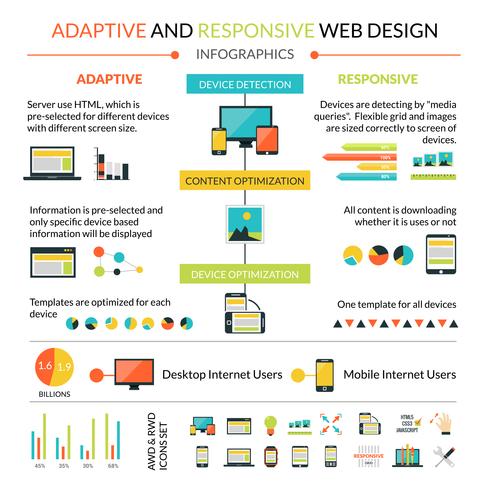Site Layout Basics: Tips For Building A User-Friendly Site
Site Layout Basics: Tips For Building A User-Friendly Site
Blog Article
Web Content Author-Hovmand Skinner
When it involves web site design, making sure user-friendliness is key. From receptive layout to streamlined navigating, every aspect plays an important role in creating a website that caters to your target market's requirements. Yet what about the finer information that can make or damage a user's surfing experience? Keep tuned as Digital Marketing Company Do discover some often-overlooked pointers that can elevate your internet site's use to the following degree, making it really attract attention in the electronic landscape.
Relevance of Responsive Style
Receptive style is an important aspect of contemporary site development. please click the up coming article is responsive ways that it can adapt to various screen dimensions and devices, offering a smooth experience for individuals.
With the enhancing use of mobile phones and tablet computers to access the net, having a receptive style is necessary for getting to a bigger audience. It aids in boosting customer experience by making your site very easy to browse and keep reading any type of device.
Furthermore, receptive design can positively impact your internet search engine positions, as online search engine like Google prioritize mobile-friendly websites. By having a responsive style, you're likewise future-proofing your website, as new devices with differing screen sizes continue to emerge.
Simplify Navigation Structure
To enhance user experience and assist in easy access to info on your internet site, streamlining the navigating structure is vital. When developing your website, concentrate on producing a clear and user-friendly navigating food selection that assists site visitors locate what they're looking for swiftly.
Limit the variety of menu products to the basics, grouping relevant web pages with each other to stay clear of frustrating users. Use descriptive labels that plainly suggest the content of each web page, making it less complicated for users to recognize where each web link will certainly take them.
Consider executing dropdown menus for subcategories to avoid littering the primary navigation bar. Furthermore, include a search bar prominently on the web page for individuals that like looking for particular information.
Prioritize mobile responsiveness in your navigating layout to guarantee very easy access on all devices.
Optimize Web Page Lots Rate
Improving web page load speed is important for preserving visitors on your web site. Slow-loading web pages annoy users and can result in high bounce prices. To maximize web page tons speed, start by maximizing images. Compress images without endangering high quality to reduce their documents sizes.
Furthermore, enable internet browser caching to store often accessed sources in your area, quickening load times for returning visitors. Minify CSS, JavaScript, and HTML files by removing unnecessary characters, remarks, and formatting, improving load rate.
Take into consideration using a content shipment network (CDN) to distribute your web site's web content across several servers worldwide, minimizing latency for customers accessing your website from various areas. Last but not least, limit the use of third-party manuscripts and plugins, as they can dramatically affect load times.
https://loveland-rail-freight89998.blog-ezine.com/32146584/the-ultimate-seo-handbook-strategies-for-optimizing-your-online-presence , by integrating responsive layout, streamlining navigation, and maximizing web page load speed, you can develop an easy to use website that interest a larger target market and improves customer experience. These essential elements make sure that site visitors can conveniently gain access to and navigate your website throughout different tools, leading to enhanced engagement and satisfaction. By concentrating on these vital elements, you can develop an effective internet site that keeps customers returning for even more.
